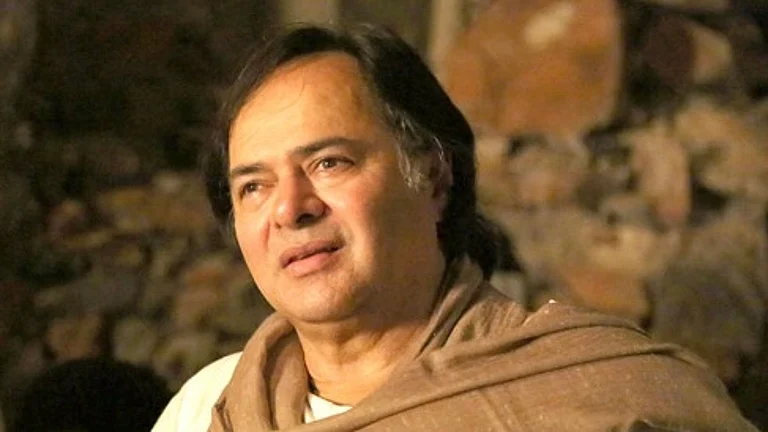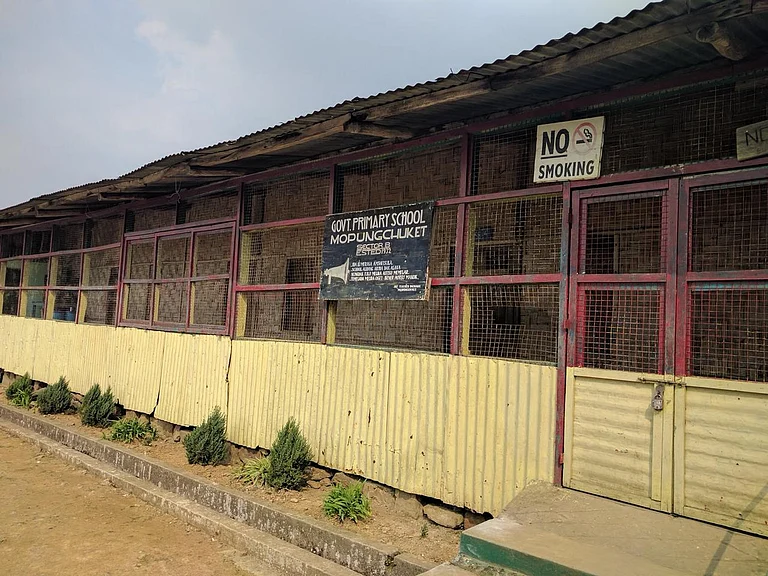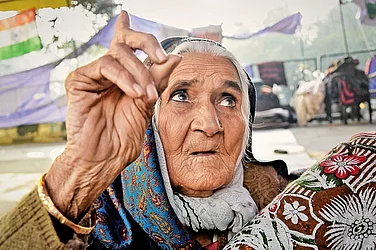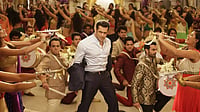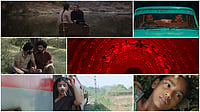In A Season Outside, Amar Kanwar ponders on the origin and expanse of violence. How does it stretch from brutal jingoistic vocabulary to everyday life? A voiceover—where he shares thoughts and anxieties—threads the documentary together. Through it, he reflects his distress on bullying and intimidation seeping into kids. Kanwar talks of how national patriotic exertions provoke mistaken notions around resistance. They seem to license us to be at our worst.
Kanwar admits being guilty himself of narrow nationalistic affiliations. As much as he tries to work around it, he doesn’t deny the resentment and hostility for the other side. Parades of macho bravado on the streets drive further the rhetoric of tight, impermeable separation. As both nations pursue this exhibitionist dance, citizens are left to reconcile their internalized divisiveness with human openness. Kanwar jostles with the same. It’s what the nation-state dresses up in aggressive language and display that the narrator-filmmaker moves against.

We’re pressed into the vicinity of the Wagah border. At the heavily patrolled checkpoint, every flourish of soldiers is met with cheer and exultation by both sides. A sense of two nations—India and Pakistan—colliding in this patch of land looms. Initially, Kanwar attempts to identify with the deliberate ruptures—supposed markers of segregation. He points out trees on a field, how their precise location ascribes them to either nation.
Wounds of Partition are still fresh. A Season Outside travels through history and generations, the churn of conflict changing face with every decade. “I don’t know which space and time I’m spinning through,” he muses. Memories spill. Kanwar’s mother often recalled anecdotes of the bloody time. Women would hammer windows and doors with nails to impede men from bursting in. Trains that carried Partition refugees in the storm of the moment still traverse the same route. Violence lingers wherever we look. Images of violent street protests meld with clashes among animals. The sight thrills otherwise unengaged on-lookers. Instead of stepping in to mediate and halt, people bay for blood. Trauma, rage blow through streets and homes. No place is innocent.
Why this thirst for violence? Can it ever calm our hearts? Kanwar keeps returning to the locus of the project. This isn’t so much a film as it shirks narrative and emotion, morphing into abstract, essayistic gestures. It’s a topography of the soul being laid bare that we witness, fighting an impulse to retaliate. How can we confront, take on the enemy without violence? Kanwar searches for answers that will work irrespective of any conflict. The film emerges as a reflexive endeavor, wherein a citizen dissociates from rhetoric and forges tenets of toleration. It’s an effort to push beyond parochial impulses, embrace the other.
When we already know the other is to blame, how do we let go of paranoia and revenge? A monk Kanwar talks to offers the philosophical answers he has long-sought. How can he be certain of him being in the absolute right? Thus begins a dislodging of moral positions, an opening up of the space to relativities. It’s not just about forgiveness, but a willingness to engage with context and circumstance beyond ultimate consequences. At the same time, Kanwar underlines wrestling with non-violence as an ideological, spiritual necessity. We cannot let ourselves be caught in settling scores. To do so only keeps the cycle of unrest going. The monk proposes an instability of one’s own stance, examining beliefs we hold as concrete. “To be non-violent is not to withdraw but to actively intervene,” he gently suggests. Kanwar is startled, confused. How can active intervention strike attention without force? The monk emphasizes not returning pain with pain. There’s a need to resolve trauma from Partition massacres with due bloodletting. But this will only lead to a moral abyss.
Gandhi is constantly invoked. His plea for non-violent resistance is what Kanwar reckons with. Gandhi’s admiration of Tolstoy’s dictum on peace is also problematized. The latter’s abuse of his wife is well-documented. She had spoken out against being trapped in a violent, oppressive marriage. However, Kanwar implies these chasms without following up. The film bears witness to his struggle—an unease within inhabiting border-driven logic replaced by an understanding that erases binaries.








